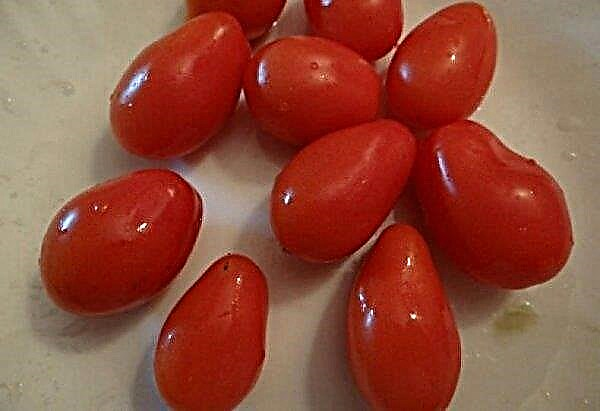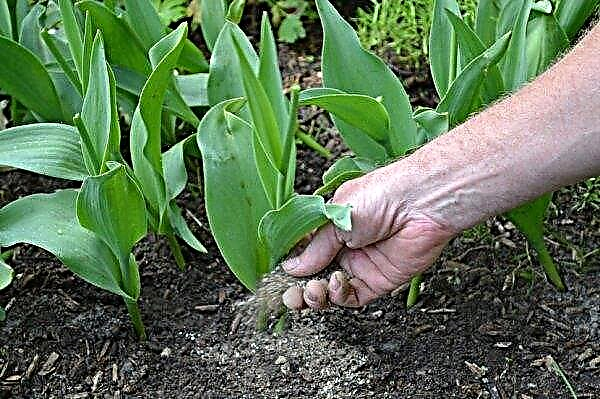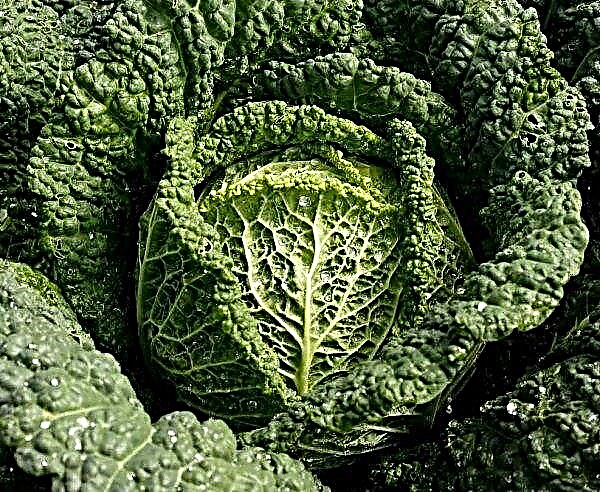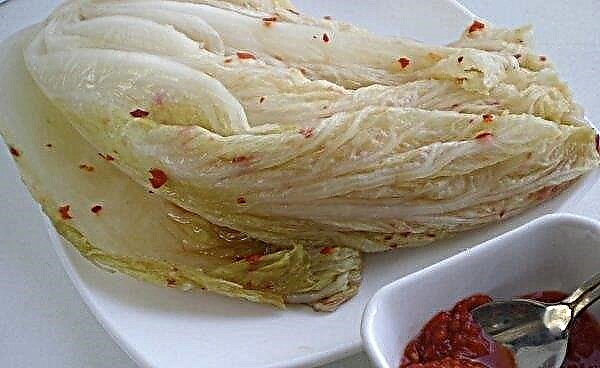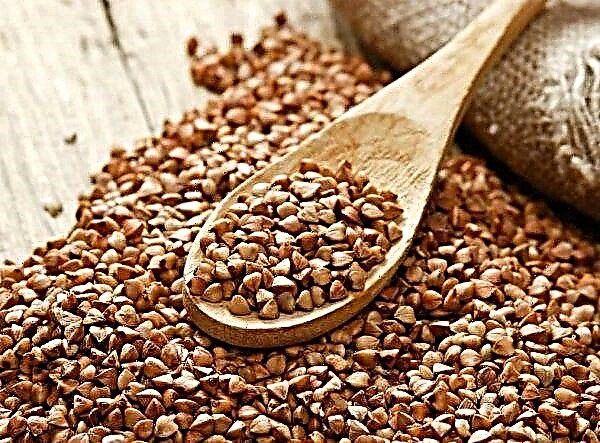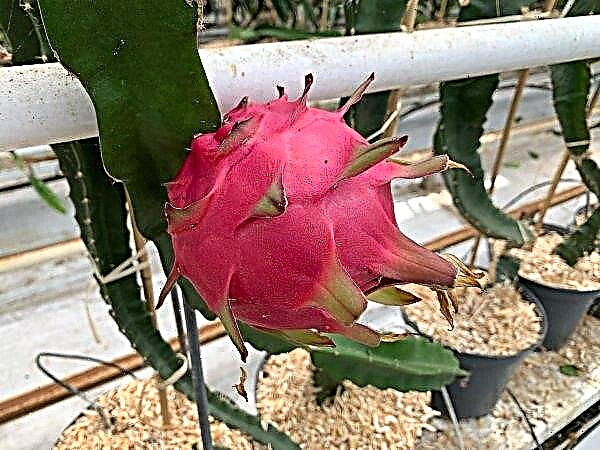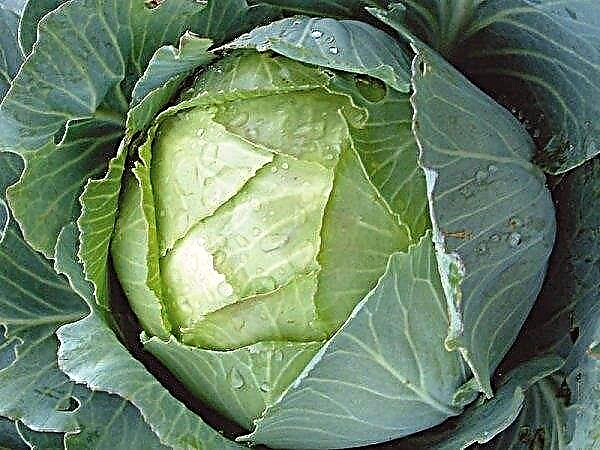Twisted leaves of flowers and ornamental shrubs are a sign of improper care of the plant, pest invasion or viral disease. About it further.
Drought and polyhydramnios
Flowers (dahlia, aster, petunia, geranium, tulip, etc.) and ornamental shrubs (fuchsia, rose, lilac, peony, hydrangea, rhododendron, etc.) equally need sunlight and moisture. But in everything it is important to observe the “golden mean”. The plant can not be overdried and waterlogged.
Leaves from direct sunlight get burned, from the drying of the earth - not enough to eat. The process of drying with moisture deficiency always moves from top to bottom. Roots are the last to suffer. The first - dry, curl and fall off the upper leaves.

The cause of a burn of leaves of indoor flowers can be hot glass, with which they come into contact for a long time. Shrinkage of leaves is possible due to thermal shock and from a cold window.
Too damp earth in the pot leads to soil compaction and oxygen starvation of the roots. Leaves curl in response to a distress call.
How to return freshness of greens:
- Soak dry soil abundantly with water. Large shrubs shed 50 cm.
- Direct sunlight be scattered by branches of other plants or using special devices.
- Treat flowers and shrubs with anti-stress agents: Zircon, Kendal, Epin-Extra, urea (2 tablespoons per 10 liters of water) and potassium permanganate (after 1-2 days).
- Move indoor flowers away from the glass or hang light material on the window.
- In winter, install an air humidifier in the apartment or cover the batteries with wet towels.
- During the heating season, spray indoor plants with water every day.
- Water when the topsoil dries out, regularly loosen the ground.
Pests
Caterpillars, a bear, a whitefly, a spider mite, a leaf moth, are well-known plant lovers. Insects not only feed on plant tissues and fruits, but also equip nests. Gardeners find pest larvae everywhere: inside the roots, in the ovaries, on the leaves, in the buds, fruits, etc. Insects actively reproduce and, as a result, deplete the flowers and ornamental shrubs. Leaves fade, curl, curl.

How to deal with pests:
- Spider mites destroy acaricides.
- Sucking and gnawing insects - insecticides: Fitoverm, Actellik, etc. or a decoction of wormwood with soap.
- Glue traps for butterflies.
- A flower from a pot with earthworms and larvae of bearers - transplanted into a healthy land.
Viruses and fungi
The leaves are violated by viral infections: cucumber mosaic, verticillosis, fusarium wilt. The catch is that the viruses themselves cannot be seen - the infection penetrates the plant cells. Infection with viruses occurs during the growing season. Insects drink juice and spread the infection. Ill-crafted garden tools can also become a source of the disease. The result is wilted, twisted leaves that dry and fall off.

Fungal diseases and ornamental shrubs are also curled by fungal diseases: botritiosis, powdery mildew, etc.
Plants infected with viruses cannot be restored. Their roots are burned and thrown away. The solution to the problem is prevention.
To combat viruses and fungi, you must:
- Eliminate harmful insects.
- Trim the affected parts of the flowers immediately.
- Perform thorough inspections.
- Treat with an antifungal solution of 1% Bordeaux liquid, a copper-soap solution (20 g of copper sulfate, 200 g of soap, 10 liters of water).
- Use fungicides to combat septoria, rust.
Top dressing
The uncontrolled use of top dressing leads to deformation of the leaves, and then to the death of the green culture.
Potassium contributes to the accumulation of nutrients in the roots (tuber, bulbs). But his overdose destroys tissue. Nitrogen has a positive effect on the growth of flowers and ornamental shrubs. But in excess provokes infection with powdery mildew. Zinc provides good growth. Its abundance - oppresses the plant: the leaves curl, fly around, the culture turns out to be stunted.

Each element is both beneficial and harmful at the same time.What to do:
- Strictly follow the instructions for use of the drug.
- Avoid imbalance.
- Alternate organic and mineral fertilizers.
- To increase the resistance of flowers to powdery mildew, use silicon and calcium fertilizers.
- During the period of reduction of potassium, spray with calcium nitrate (1 tablespoon per 10 liters of water), use boron foliar top dressing (2 g per 10 liters).
Now you know why the leaves of flowers and ornamental shrubs curl. In addition, you can prevent this phenomenon without loss.

